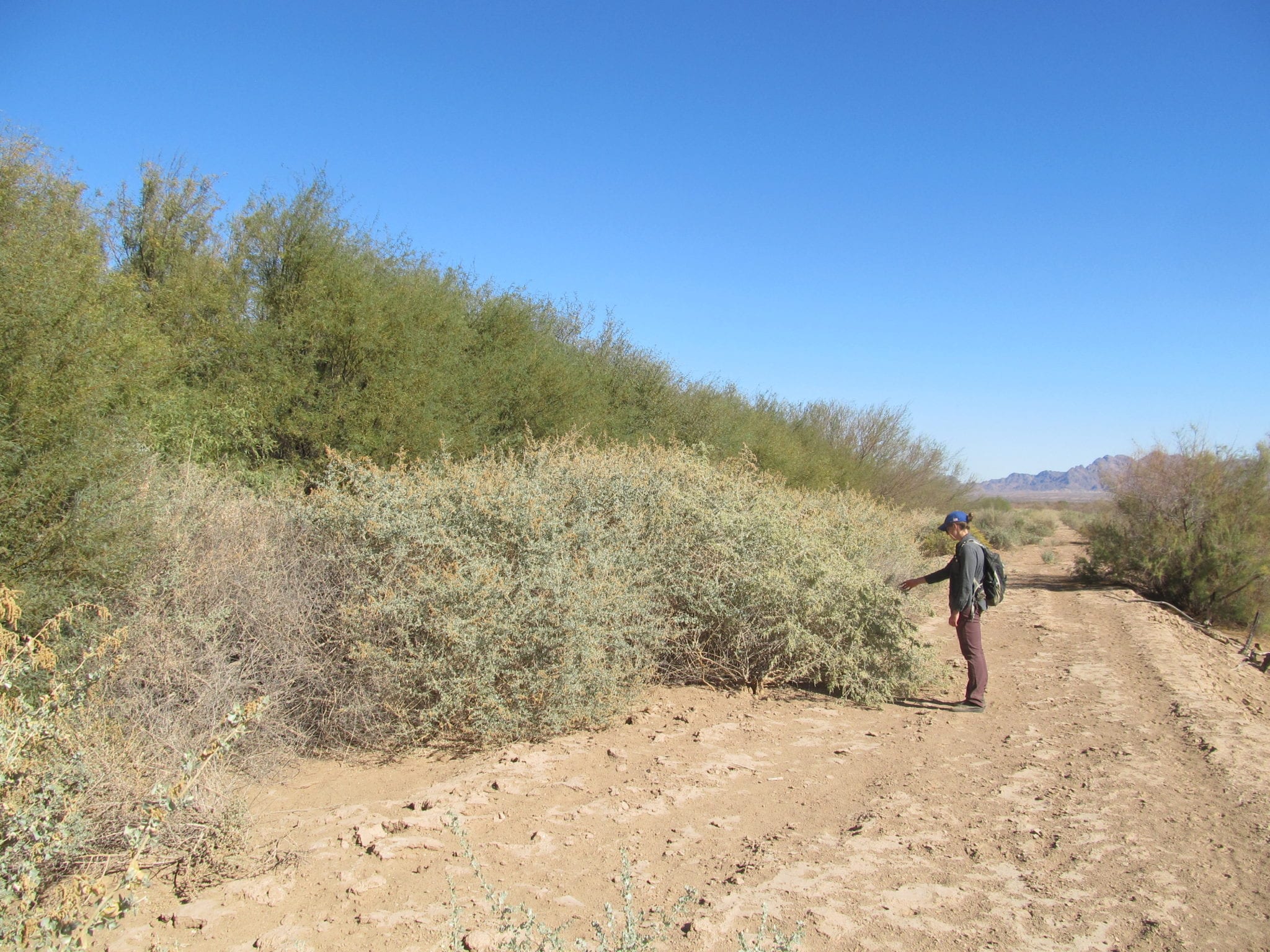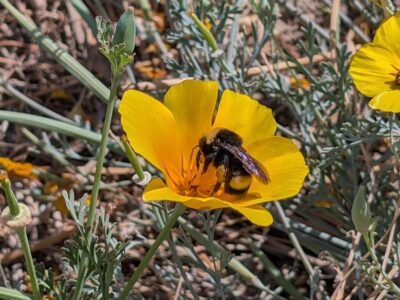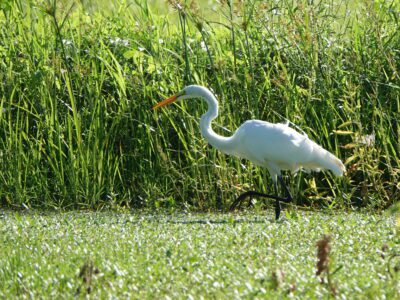Ten years ago, harmful, invasive plants ruled River Partners’ 55-acre project site on the Cibola National Wildlife Refuge near the California/Arizona border. Today, a decade after we restored the site and then left it to run wild, native plants dominate and wildlife has returned. The significance of our accomplishments at Cibola transcends the size of the project. This was a successful test of River Partners’ vision of river restoration.
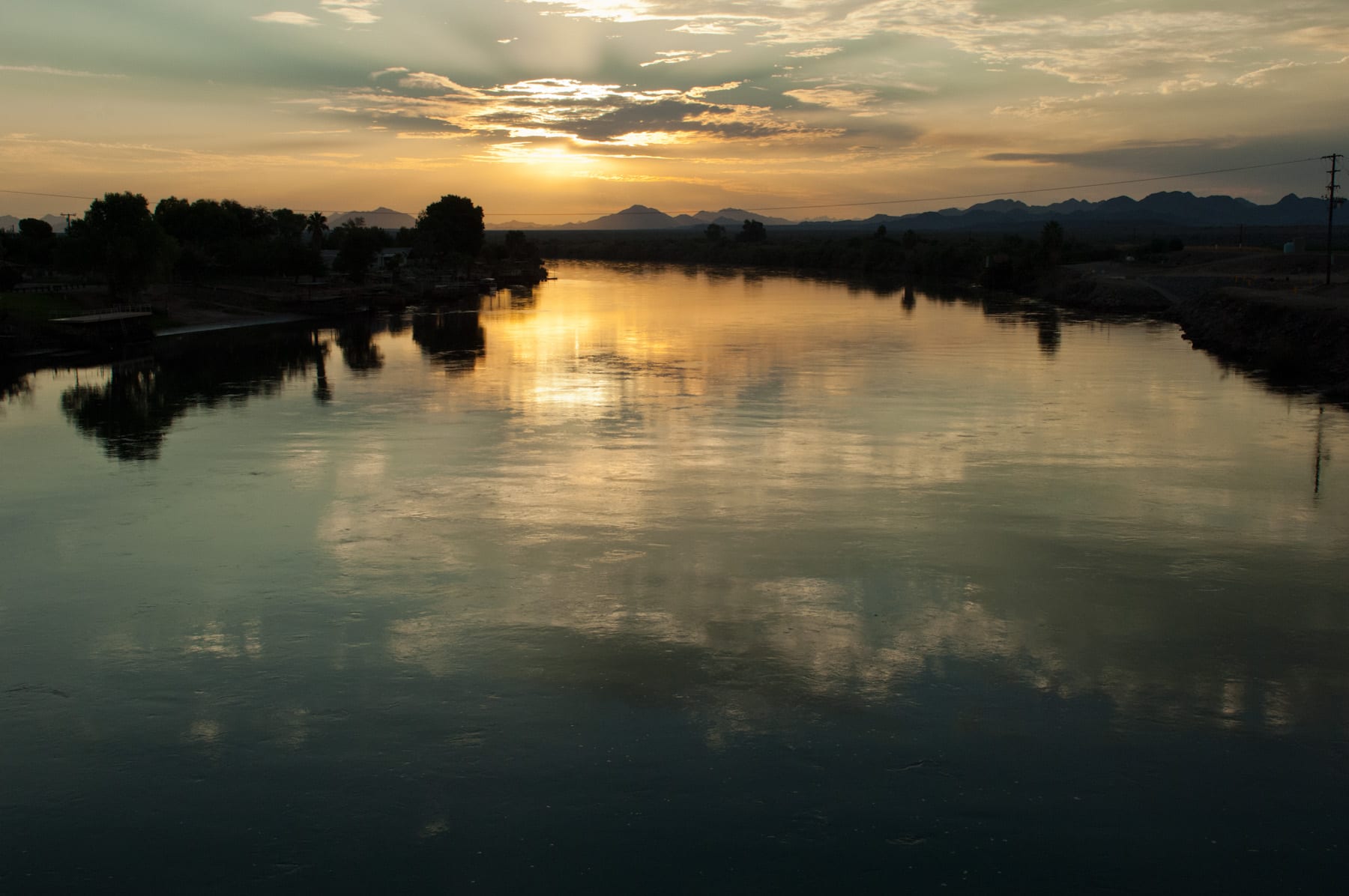
Transplanting Lessons Learned
In 2005, the Department of the Interior and representatives from California, Arizona, and Nevada signed the Lower Colorado River Basin Multi-Species Conservation Program, restoring 8,100 acres of riverside habitats between Hoover Dam and the US-Mexico border over 50 years. By January of 2009, River Partners developed our first pilot project for the region: restoring 55 acres of floodplains located within a sea of invasive salt cedar at Cibola National Wildlife Refuge.
Our restoration project was funded in part by a USFWS Wildfire Recovery grant. The relatively tiny project area is located 20 miles southwest of Blythe, California, with summertime high temperatures of 120°F and rainfall of about 2 inches annually peaking in February and August.
River Partners viewed this project as an opportunity to test, at scale, the habitat restoration strategies we developed for our Central Valley and San Diego County projects. To address the unique conditions of the northern Sonoran Desert, we planted honey mesquite trees and salt-tolerant shrubs and herbs to create a woodland feeling.
In November 2020, we came back to visit the site after letting it go wild for 10 years. Here are some of the incredible things we found:
Plant Diversity
Since planting, the Cibola site self-selected to include about nine dominant species, none of which are salt cedar, the invasive plant that once dominated the landscape.
Salt cedar is a dryland tree once imported as an ornamental from the Mediterranean regions of Europe and Africa. In the wild, salt cedar reduces the water table, concentrates salts in the soil surface, increases fire intensity, decreases plant diversity, and eliminates habitat value for birds and fish. More than one million acres in the American West has been lost to this monstrous plant.
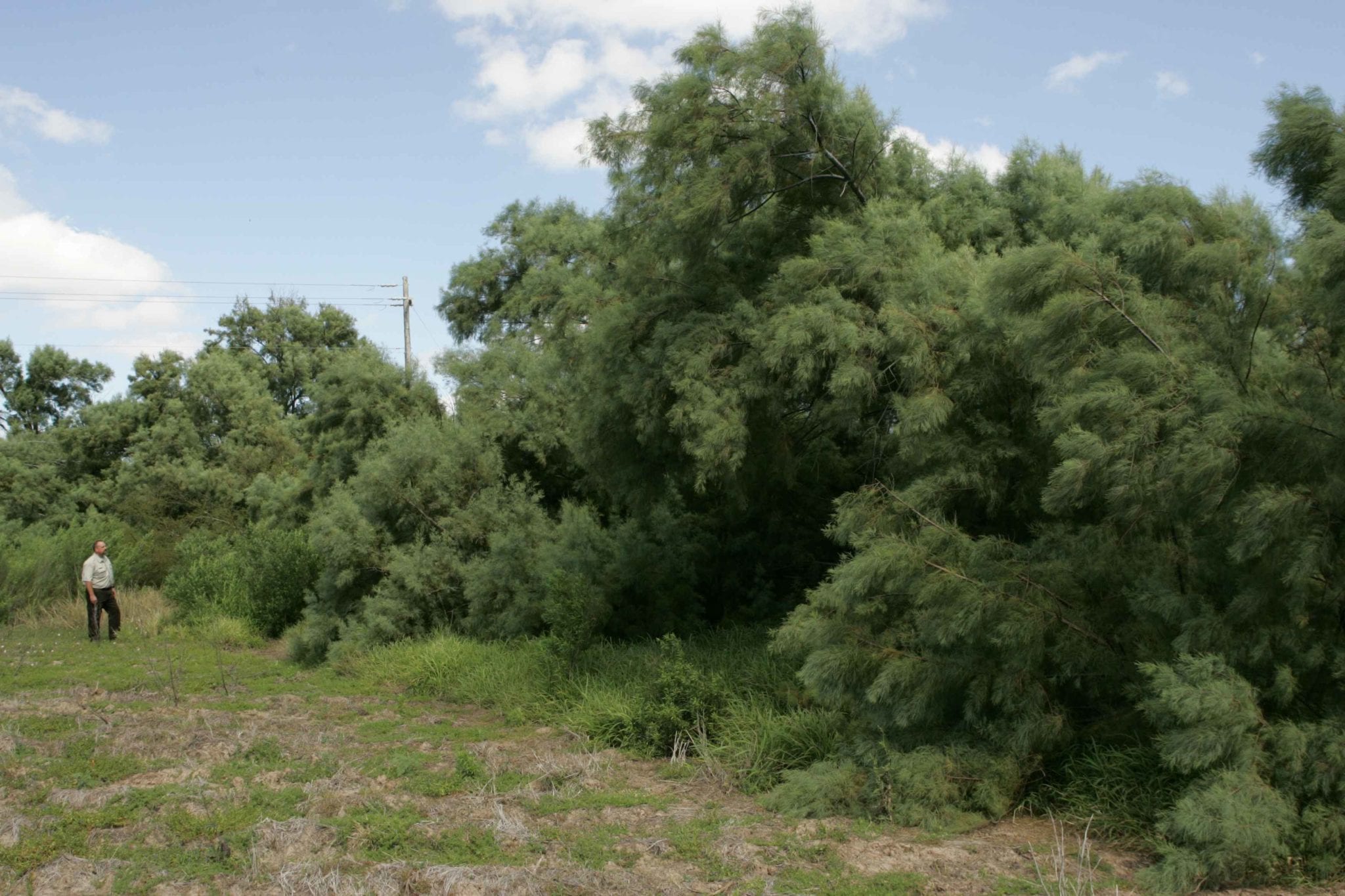
Today, native honey and screw bean mesquite, catclaw and blue palo verde, big saltbush, four-wing saltbush, cattle saltbush, arrowweed, desert broom, creosote bush, and Anderson thornbush dominate the Cibola site. The lands immediately adjacent and spanning thousands of acres upstream and down are still, unfortunately, homogenous salt cedar.
Wildlife
When walking the site, there’s new evidence that a large mix of wildlife is actively using the restored habitat. The mesquite trees all showed vigorous growth with heavy seed production. The large seed output is likely responsible for an increase in small vertebrate populations, which in turn have attracted owls, raptors, coyotes, badgers and other predators. The mesquite forest also provides cover for local deer, which benefit from the tree’s quality forage as well as the cooler forest microclimate. Numerous birds use the site as nesting and foraging habitat, including loggerhead shrikes, a species of special concern.
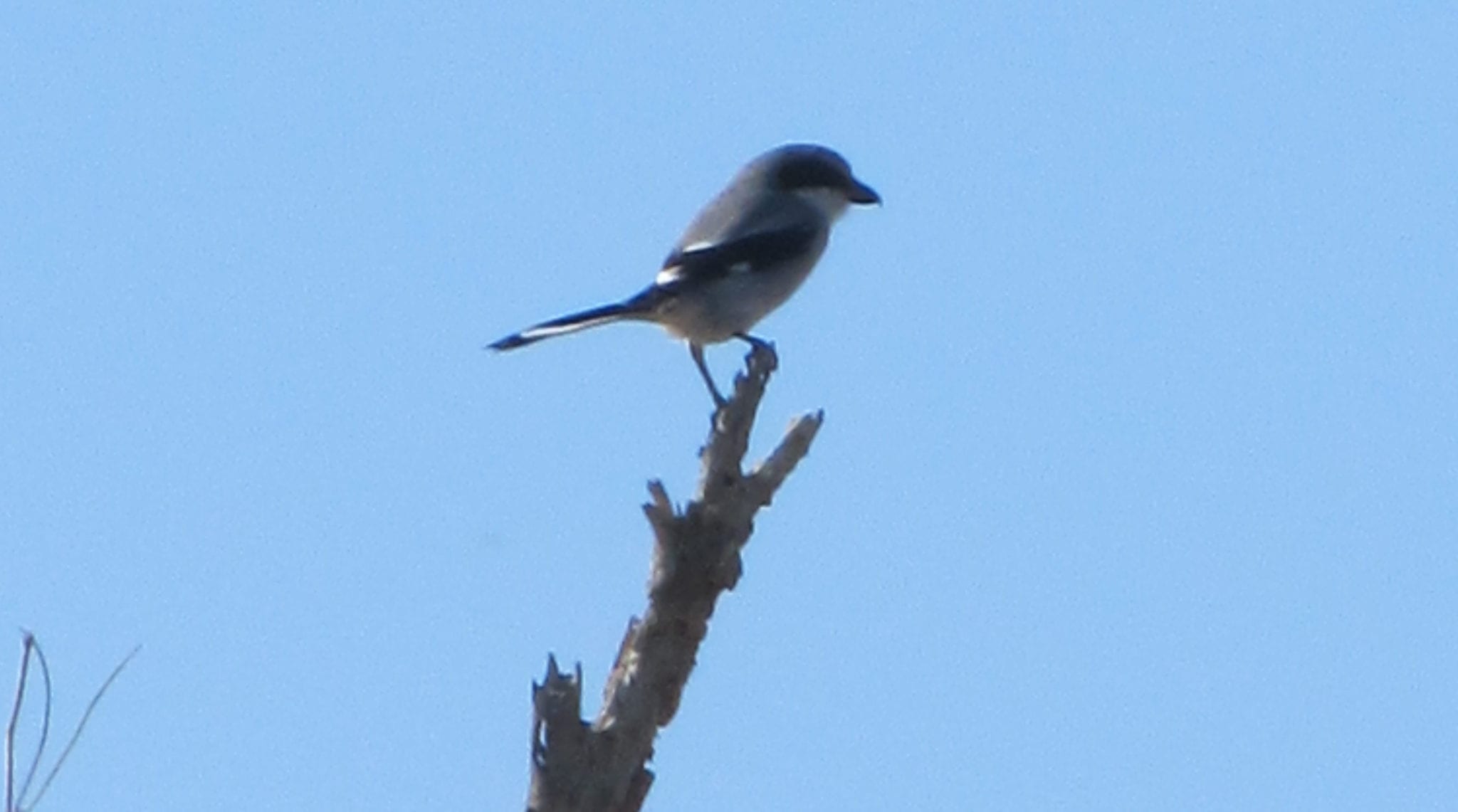
Sustainability
Only nine salt cedar trees were identified on site. This is a major cost savings for USFWS refuge managers, who didn’t have to spend public funds on weed control and eradication.
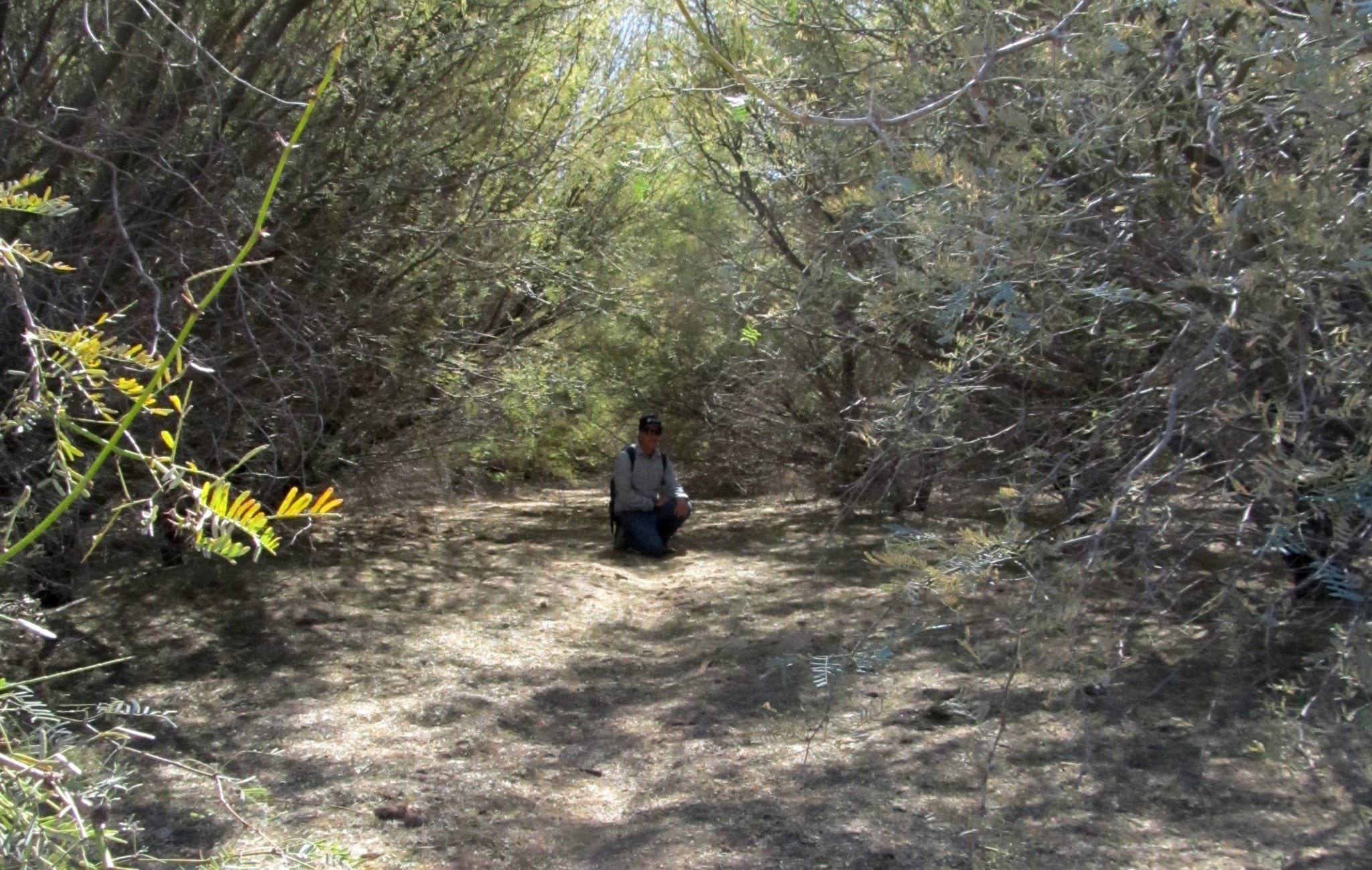
Our work at Cibola National Wildlife Refuge demonstrates that even a modest upfront investment in diverse, self-sustaining forests can bring life back to the degraded lower Colorado River, recover dwindling wildlife, and renew river landscapes. Our reforestation practices along the Lower Colorado River are an effective, durable treatment against salt cedar. We hope that to apply our effective approach to habitat restoration along the New and Alamo Rivers in Imperial County, where we have the opportunity to re-wild these desert river systems for generations to come.
* Header photo by Chris M. Morris. Licensed under the Creative Commons Attribution 2.0 Generic license.



